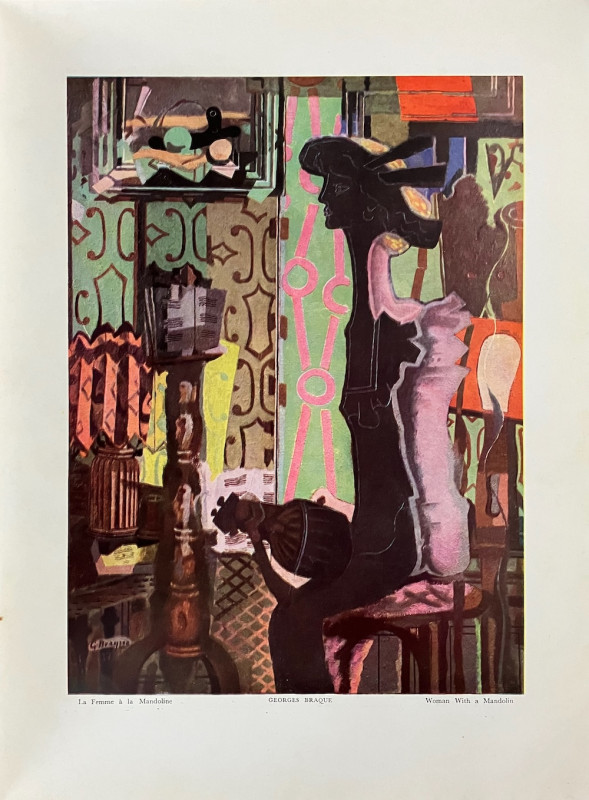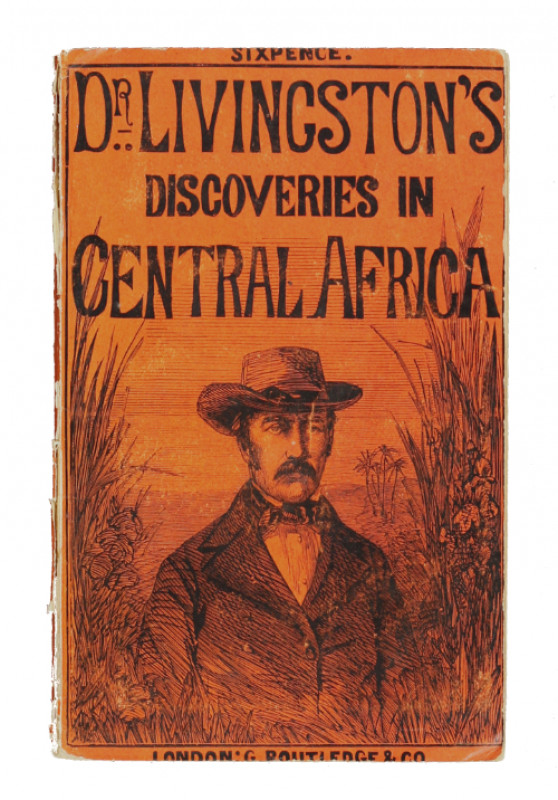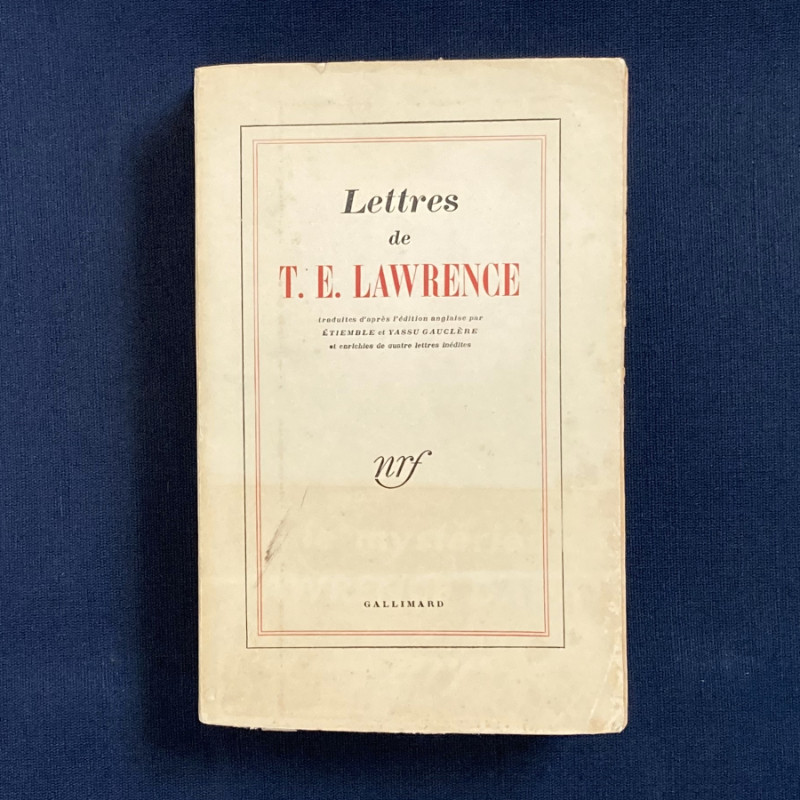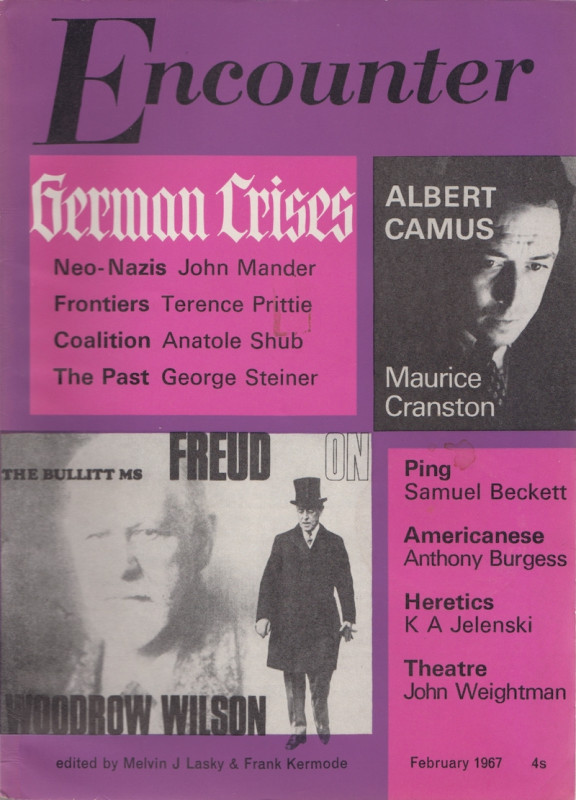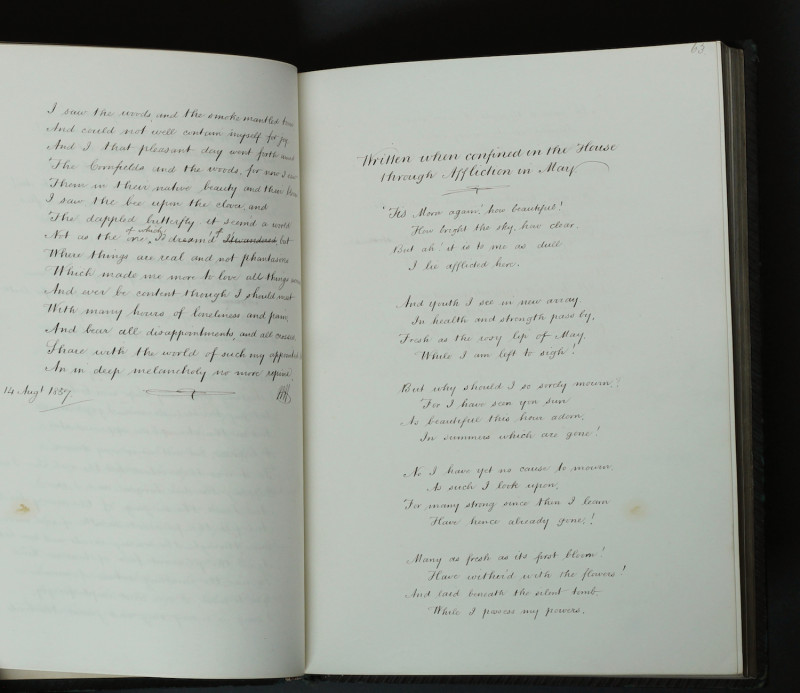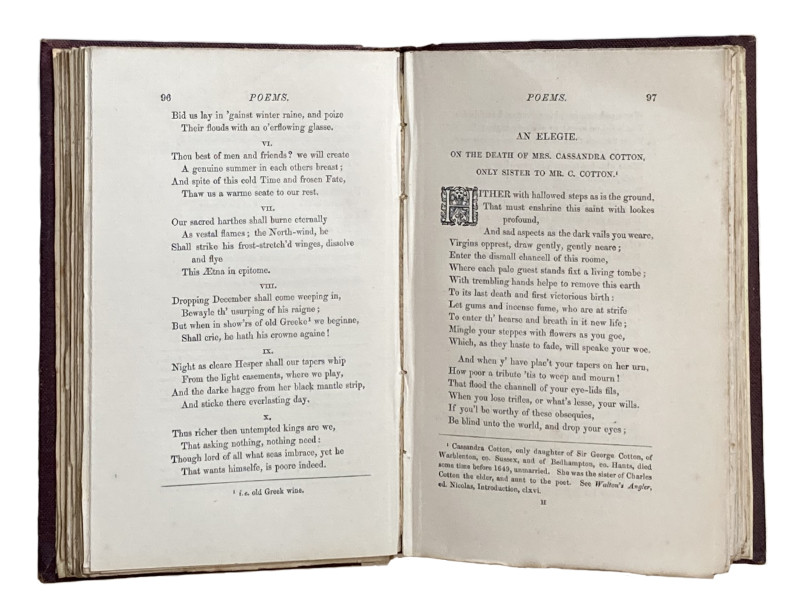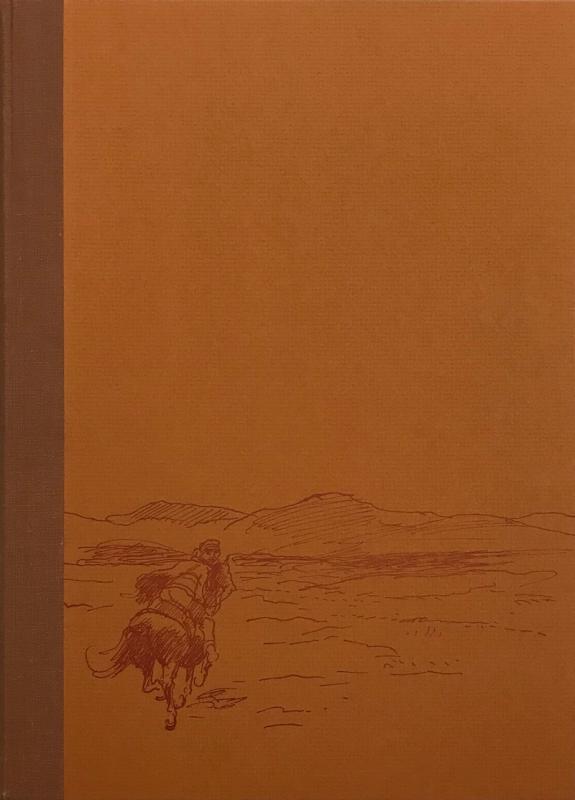David Livingstone: Light-Bearer to Africa [from the library of Quentin Keynes]


Book Description
A SCARCE POPULAR ACCOUNT OF LIVINGSTONE’S LIFE
Sextodecimo (185 x 124mm) in 16s gathered as one quire, pp. viii, 94, [2 (final blank l.)]. Half-tone portrait frontispiece. 9 full-page illustrations and one double-page map in the text. (Some ll. lightly creased, a few light marks.) Original printed wrappers, upper wrapper illustrated with map of British East Africa, lower wrapper with advertisement for ‘Treasury of East African History Series’, stapled as issued. (Some light marking, extremities a little rubbed, light oxidisation on staples.) A very good copy.
Provenance: Quentin George Keynes FRGS (1921-2003).
Sextodecimo (185 x 124mm) in 16s gathered as one quire, pp. viii, 94, [2 (final blank l.)]. Half-tone portrait frontispiece. 9 full-page illustrations and one double-page map in the text. (Some ll. lightly creased, a few light marks.) Original printed wrappers, upper wrapper illustrated with map of British East Africa, lower wrapper with advertisement for ‘Treasury of East African History Series’, stapled as issued. (Some light marking, extremities a little rubbed, light oxidisation on staples.) A very good copy.
Provenance: Quentin George Keynes FRGS (1921-2003).
Dealer Notes
First edition. David Livingstone: Light-Bearer to Africa is a popular account of Livingstone’s life and work, mainly based on W.G. Blaikie’s The Personal Life of David Livingstone, Chiefly from his Unpublished Journals and Correspondence in the Possession of his Family (London, 1880). The authors explain that ‘[t]he following pages tell the story of a man who dedicated his life to the service of the African people; striving to ease their sufferings, to improve their lot; to give them, so far as he was able, peace and freedom, justice and happiness. For himself he sought nothing, not even the fame he found. Rewards of toil, such as riches and comfort, never came his way. He died, as he had often lived, in sickness and poverty. Nevertheless, he spread the light of civilisation through the then dark continent of Africa. By persistent, eloquent representation to the British Government he did much to hasten the abolition of the Slave Trade, which, less than seventy-five years ago, ravaged the African tribes from coast to coast’ (p. v).
Possibly due to its modest format, the first edition of David Livingstone: Light-Bearer to Africa is now scarce on the market.
This copy was previously in the noted collection of the explorer and bibliophile Quentin Keynes, who travelled extensively in Africa throughout the second half of the twentieth century, and collected a remarkable library of books and manuscripts relating to the exploration of Africa, particularly during the nineteenth century. Some of these works provided the basis for Keynes’s Roxburghe Club book The Search for the Source of the Nile: Correspondence between Captain Richard Burton, Captain John Speke and Others, from Burton’s Unpublished East African Letter Book; together with Other Related Letters and Papers (London, 1999) and his collection was also a resource that he drew upon for his own travels in Africa. For example, in 1958, the centenary of Livingstone’s expedition up the Zambezi River, Keynes retraced Livingstone’s route and identified baobab tree into the internal cavity of which Livingstone had carved his initials on 16 September 1858. The tree – which had not previously been located – ‘was soon afterwards declared by the Portuguese government of Mozambique to be an historical monument in honour of David Livingstone’ (S.D. Keynes, Quentin Keynes: Explorer, Film-Maker, Lecturer and Book-Collector 1921-2003 (Cambridge, 2004), p. 217).
Casada, Dr. David Livingstone and Sir Henry Morton Stanley, 400; J.B. Webster, A Bibliography on Kenya, 1568.
* * *
This is one of the books from our recent Africa catalogue, which you may enjoy browsing. Catalogue available in our PBFA profile, or directly on www.typeandforme.com.
Please do not hesitate to contact us with any enquiries.
Possibly due to its modest format, the first edition of David Livingstone: Light-Bearer to Africa is now scarce on the market.
This copy was previously in the noted collection of the explorer and bibliophile Quentin Keynes, who travelled extensively in Africa throughout the second half of the twentieth century, and collected a remarkable library of books and manuscripts relating to the exploration of Africa, particularly during the nineteenth century. Some of these works provided the basis for Keynes’s Roxburghe Club book The Search for the Source of the Nile: Correspondence between Captain Richard Burton, Captain John Speke and Others, from Burton’s Unpublished East African Letter Book; together with Other Related Letters and Papers (London, 1999) and his collection was also a resource that he drew upon for his own travels in Africa. For example, in 1958, the centenary of Livingstone’s expedition up the Zambezi River, Keynes retraced Livingstone’s route and identified baobab tree into the internal cavity of which Livingstone had carved his initials on 16 September 1858. The tree – which had not previously been located – ‘was soon afterwards declared by the Portuguese government of Mozambique to be an historical monument in honour of David Livingstone’ (S.D. Keynes, Quentin Keynes: Explorer, Film-Maker, Lecturer and Book-Collector 1921-2003 (Cambridge, 2004), p. 217).
Casada, Dr. David Livingstone and Sir Henry Morton Stanley, 400; J.B. Webster, A Bibliography on Kenya, 1568.
* * *
This is one of the books from our recent Africa catalogue, which you may enjoy browsing. Catalogue available in our PBFA profile, or directly on www.typeandforme.com.
Please do not hesitate to contact us with any enquiries.
Author
ANNESLEY, George and Violet GORDON
Date
1956
Publisher
London and New York: Richard Clay and Company, Ltd. for Macmillan & Co Ltd and St Martin’s Press
Friends of the PBFA
For £10 get free entry to our fairs, updates from the PBFA and more.
Please email info@pbfa.org for more information
